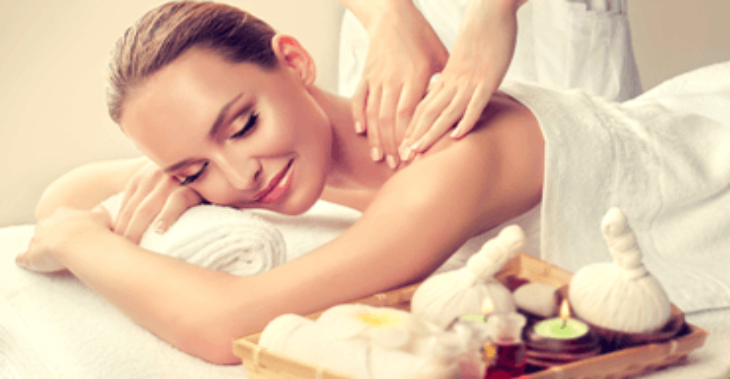
Massage Therapy for Military Veterans
Learn how massage can make a difference for veterans coping with PTSD, chronic pain and more.
Military veterans can face a host of health concerns upon returning from service, from chronic pain
related to physical injuries, to emotional and psychological issues such as post-traumatic stress disorder
(PTSD). Massage therapists are in an excellent position to help veterans take control of their health and
wellness.
Health Conditions in the Veteran Population
Explore information on some of the most common health issues veterans face, and how massage
therapy can help. Find out what you need to know when working with this population.
PTSD
Some research estimates that between 5 and 20 percent of veterans who were deployed to Iraq and
Afghanistan have PTSD. This condition comes with both physical and psychological symptoms, and can
include the following:
Higher rates of musculoskeletal or cardiovascular issues
Flashbacks and nightmares
Increased feelings of detachment and isolation
Irritability and difficulty falling asleep
There is research that suggests massage therapy can help veterans with PTSD. One small pilot study
found massage significantly reduced headache, anxiety and pain interference. In another randomized
controlled trial examining the effects of a web-based, self-directed program that included mindfulness
and body-based wellness skills for veterans and their significant others, partner massage was found to
produce significant reductions in self-reported levels of pain, tension, irritability, anxiety and depression.
Massage was also found to be a positive addition to veteran health care in a June 2017 study.
Chronic Pain
Chronic pain is another major issue within the veteran population. Musculoskeletal pain is common,
with research showing it’s the leading cause of disability among veterans and that up to 70 percent of
the veteran population is affected.
Studies back up the benefits massage therapy offers people dealing with chronic pain, including back
pain, neck and shoulder pain and osteoarthritis. For example, one study comparing two different types
of massage to usual care on 401 participants with nonspecific low back pain found massage to be an
effective treatment, with benefits lasting at least six months.
Anxiety
For veterans especially, anxiety can present as generalized anxiety disorder (GAD)—what’s described as
a persistent and uncontrollable anxiety and worry. In a 2013 study investigating the prevalence of GAD
in the Department of Veterans Affairs primary care settings, researchers found that 12 percent of the
884 participants met the diagnostic criteria for GAD. Additionally, GAD was found in 40 percent of those
participants who had been diagnosed with PTSD.
A 2016 study of the effect of Swedish massage therapy on symptoms of GAD found that participants’
anxiety was significantly reduced at the start of week three, suggesting massage may be an effective
acute treatment for GAD.
Depression
A 2016 study on U.S. veterans with PTSD and depression found those who also had low social support
were at an increased risk for suicide.
And although the comorbidity rate between PTSD and depression is fairly high, a 2017 study found that
approximately 40 percent of veterans not diagnosed with PTSD had other mental health issues, most
frequently depression.
Here, too, massage therapy shows promise. A 2010 meta-analysis considering the treatment effects of
massage therapy for depression found a significant association between massage and alleviated
symptoms of depression.
Insomnia
While insomnia is a common issue among the general U.S. population, this condition presents an even
greater problem to veterans. A study conducted in 2017 involving primary care providers’ perspectives
on veterans showed that more than half of the veterans already enrolled in VA health care centers in
the Midwest demonstrated having significantly higher levels of insomnia.
Research indicates that massage therapy can improve sleep in those with lower back pain, fibromyalgia,
insomnia, pain and other health conditions.